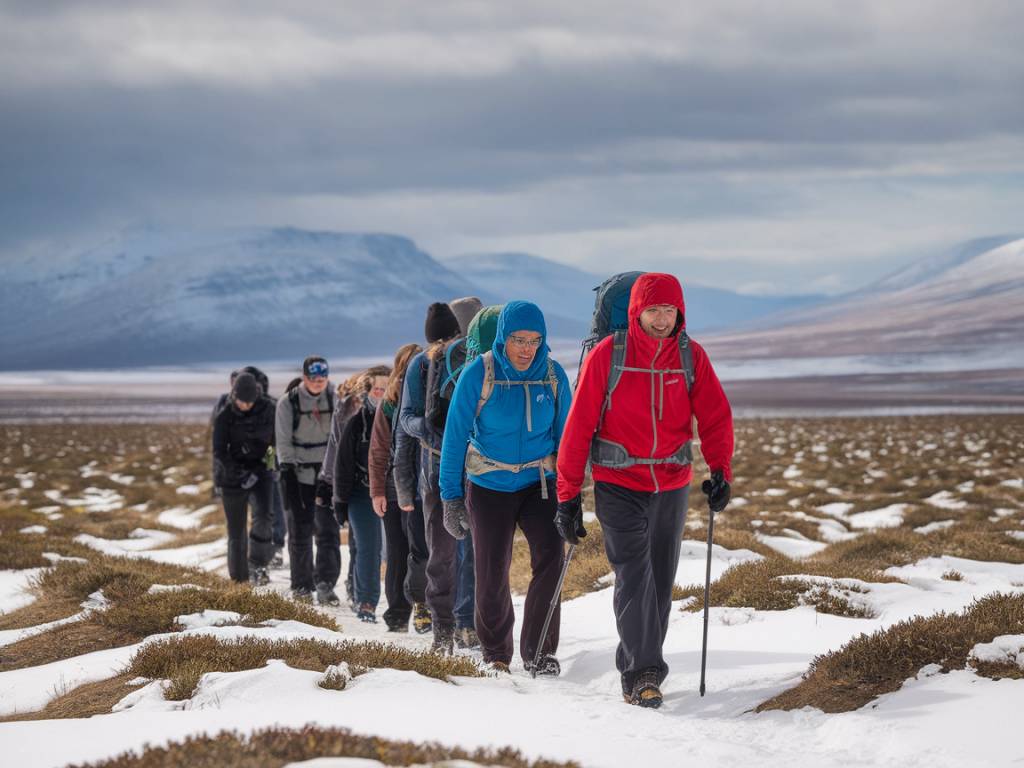
Top 10 tips for adventuring in cold, snowy conditions
Dress Appropriately for the Cold
Understanding how to dress for cold, snowy adventures is crucial. Layering is key. Begin with a moisture-wicking base layer that keeps you dry, add an insulating layer that retains heat, and finish with a waterproof and windproof outer layer. Don’t forget your extremities: wear warm gloves, a hat, and thick socks. If you’re in extreme cold, consider investing in thermal underwear and a balaclava to protect your face from frostbite.
Proper Gear and Equipment
Equipping yourself with the right gear will make all the difference. Opt for a high-quality insulated jacket and snow pants that are both waterproof and breathable. Snow boots with good traction are a must to prevent slipping on icy surfaces. Carry trekking poles for balance and stability, and consider snowshoes or crampons if traversing deep snow or icy terrains. A multi-tool and emergency supplies kit, including a shovel, first-aid kit, and fire starter, are essential for any emergency situations.
Stay Hydrated and Nourished
In cold climates, it’s easy to overlook the need for hydration. However, cold weather can dehydrate you just as quickly as hot conditions. Carry a thermos with warm drinks and consume regular sips of water to keep hydrated. Energy bars and high-calorie snacks are ideal for maintaining energy levels. Consider meals that can be quickly heated if you’re camping, as hot food helps maintain body warmth.
Understand the Weather Patterns
Before embarking on an adventure, always check the weather forecast. Understanding the upcoming weather patterns can help you plan your trip and avoid dangerous conditions such as blizzards or sudden temperature drops. Apps and websites dedicated to mountain weather forecasts provide detailed insights. Knowing how to read snow conditions and avalanche risks is also critical for those venturing into backcountry terrains.
Navigation Skills
Relying solely on GPS devices in cold conditions can be risky due to battery drain and potential signal loss. Learning to navigate with a map and compass can be life-saving. Always carry a physical map of the area and a reliable compass. Additionally, familiarize yourself with the terrain and key landmarks before setting out. Some adventurers also recommend carrying a personal locator beacon (PLB) for emergencies.
Maintaining Energy Levels
Engaging in physical activities in cold weather requires more energy than in milder conditions. Ensure you start your day with a hearty breakfast rich in proteins and carbohydrates for sustained energy. Snack regularly throughout your adventure to maintain your energy levels. Hot soups and stews are excellent meal choices, as they provide hydration and warmth while being easily digestible.
Learn First Aid for Cold-Weather Injuries
Cold-weather adventures come with specific risks such as hypothermia, frostbite, and chilblains. Learning to recognize the early signs of these conditions and how to treat them is crucial. Enroll in a wilderness first aid course focused on cold-weather injuries. Always have a first-aid kit tailored for cold conditions, including thermal blankets, hand warmers, and medical supplies specific to treating frostbite and hypothermia.
Plan Your Route and Communicate
Always plan your route in advance and share it with someone who can alert authorities if you don’t return as expected. Detail your itinerary, including your starting point, intended path, and estimated return time. Modern technology offers apps that allow you to share your real-time location with friends or family, adding an extra layer of security.
Respect the Environment
Adventuring in snowy conditions means respecting fragile ecosystems. Stick to marked trails to avoid damaging vegetation and disturbing wildlife habitats. Pack out all waste and leave no trace. Snow can hide hazards like thin ice over water bodies, so be cautious and tread lightly. Understanding and respecting avalanche-prone areas is also critical for safety and environmental preservation.
Mindset and Preparedness
Adventuring in cold, snowy conditions requires mental and physical preparedness. Develop a mindset of resilience and adaptability. Training and preparation are essential to handle unexpected situations. Familiarize yourself with survival skills such as building a snow shelter, fire-making in damp conditions, and signaling for help. Confidence and caution combined can make your adventure both thrilling and safe.
Embarking on cold-weather adventures can be incredibly rewarding, offering stunning landscapes and unique experiences. With the right preparation, gear, and mindset, you can stay safe and make unforgettable memories in the snowy wilderness. Whether you’re a seasoned adventurer or a beginner, these tips will help you navigate the challenges and relish the beauty of cold, snowy conditions.

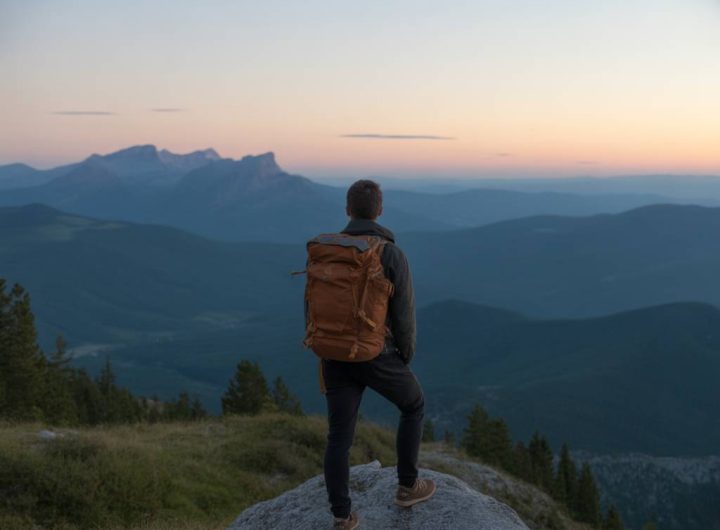 Microaventures près de chez vous : comment vivre l’aventure sans quitter votre région
Microaventures près de chez vous : comment vivre l’aventure sans quitter votre région 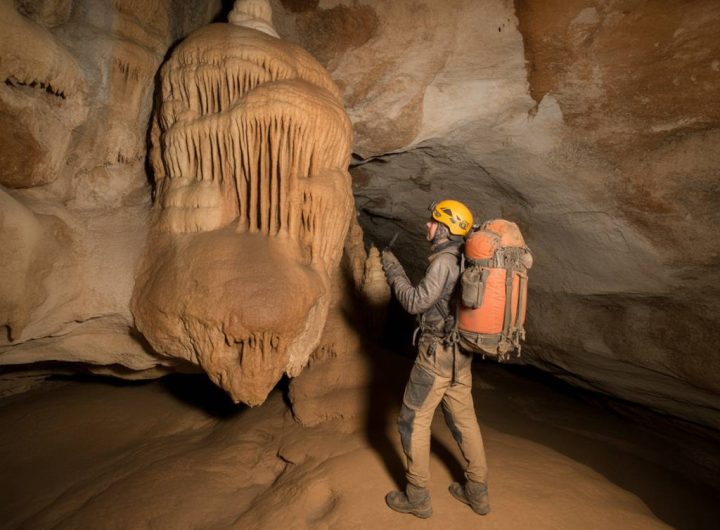 Caving Adventures: Exploring the World’s Most Fascinating Underground Destinations
Caving Adventures: Exploring the World’s Most Fascinating Underground Destinations 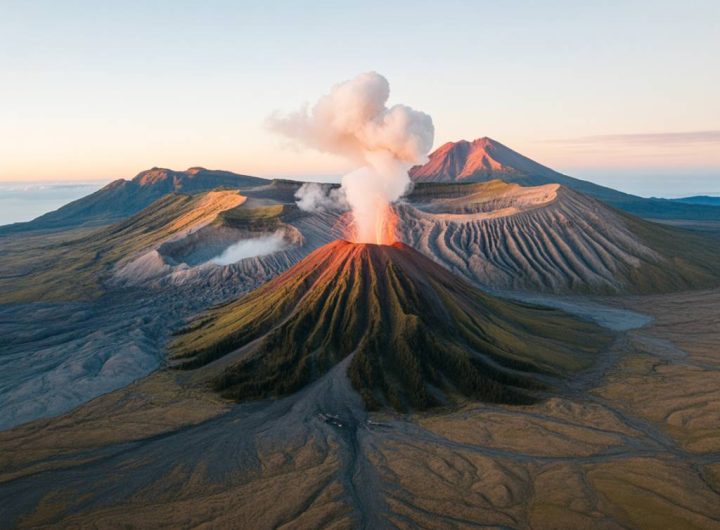 Exploring Volcanic Landscapes: Top Adventure Destinations Around Active Volcanoes
Exploring Volcanic Landscapes: Top Adventure Destinations Around Active Volcanoes 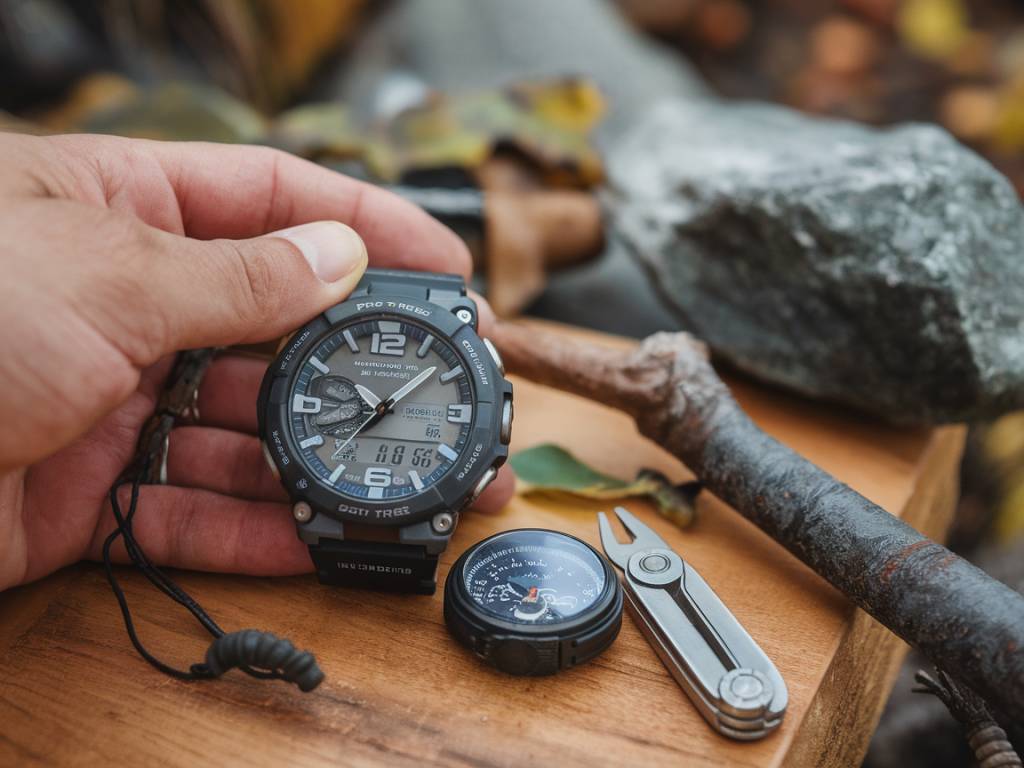 Top 5 adventure watches with gps and survival features
Top 5 adventure watches with gps and survival features 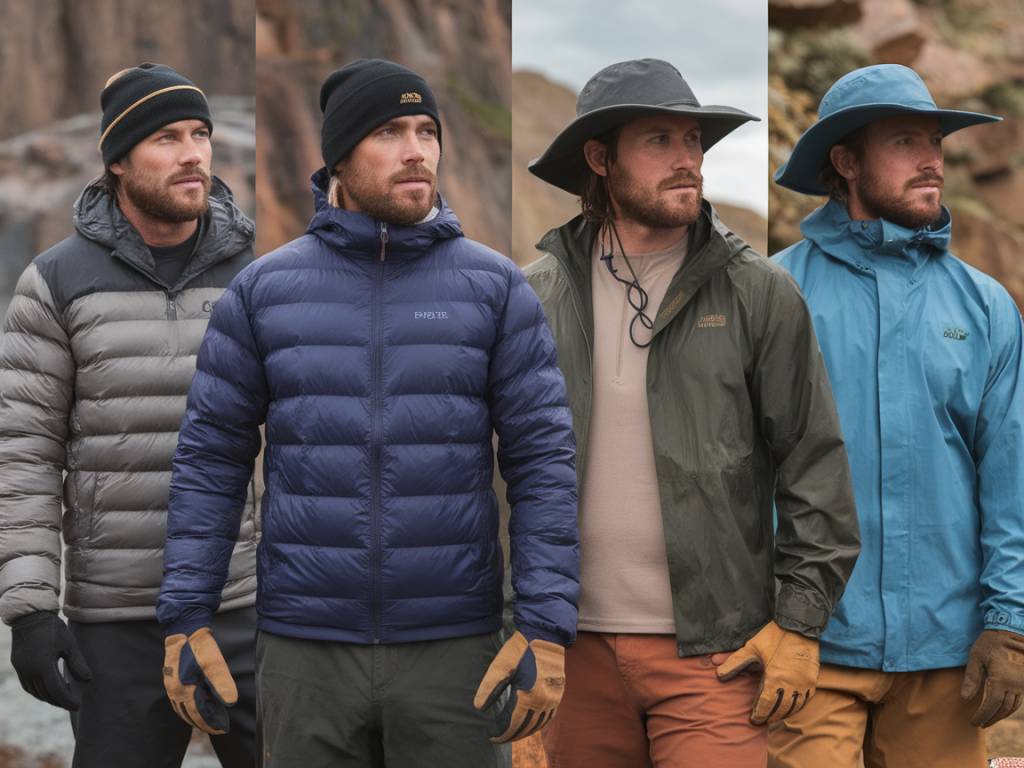 How to choose the right adventure clothing for every climate
How to choose the right adventure clothing for every climate 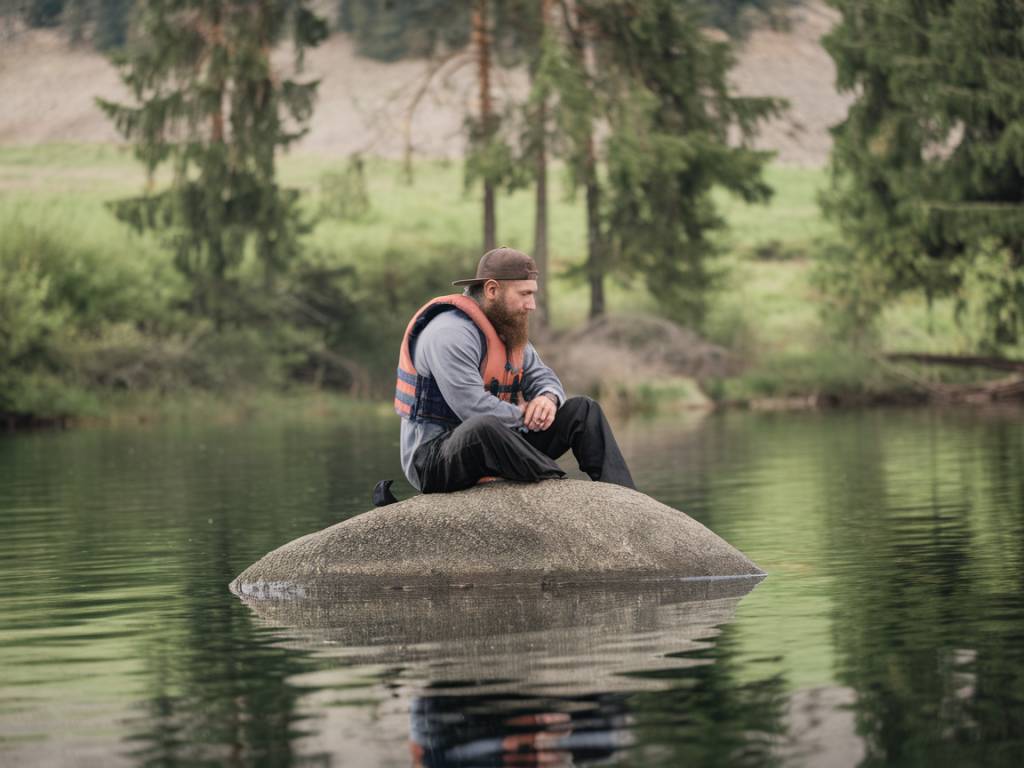 Planning a successful off-grid adventure: what you need to know
Planning a successful off-grid adventure: what you need to know 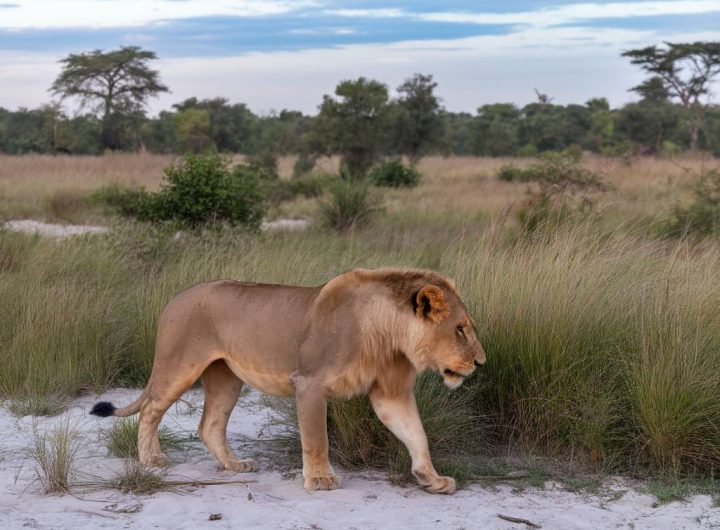 Best African safari destinations: top 5 experiences in Africa
Best African safari destinations: top 5 experiences in Africa